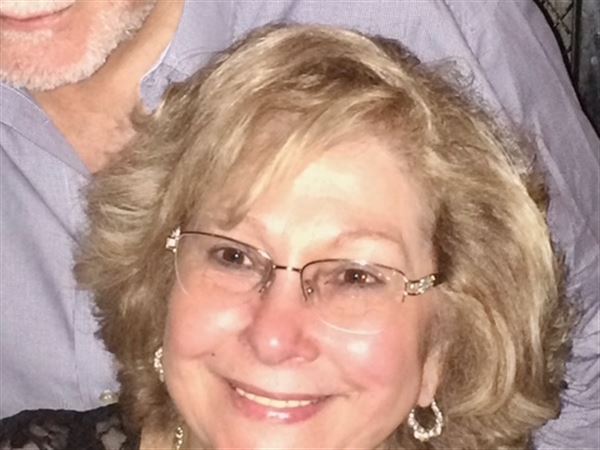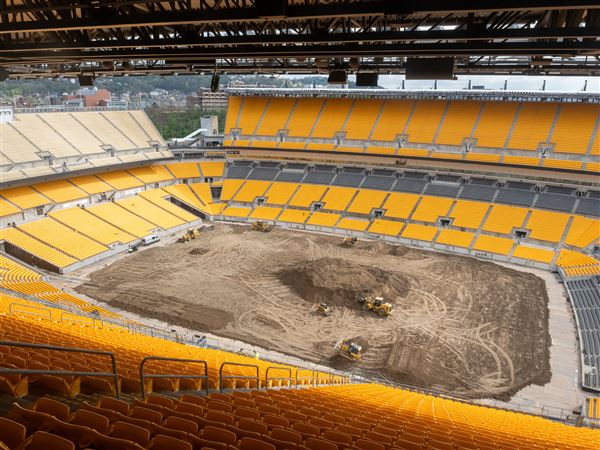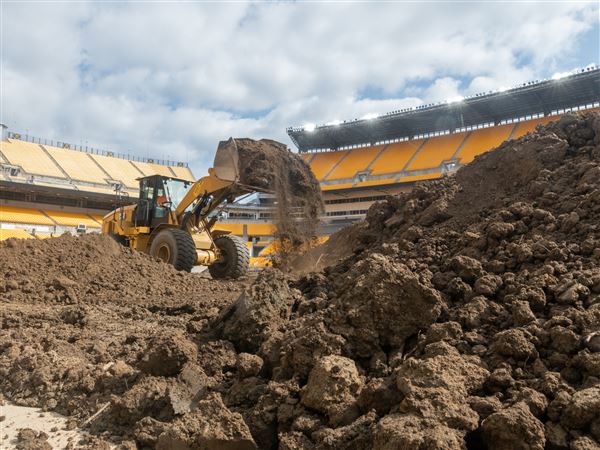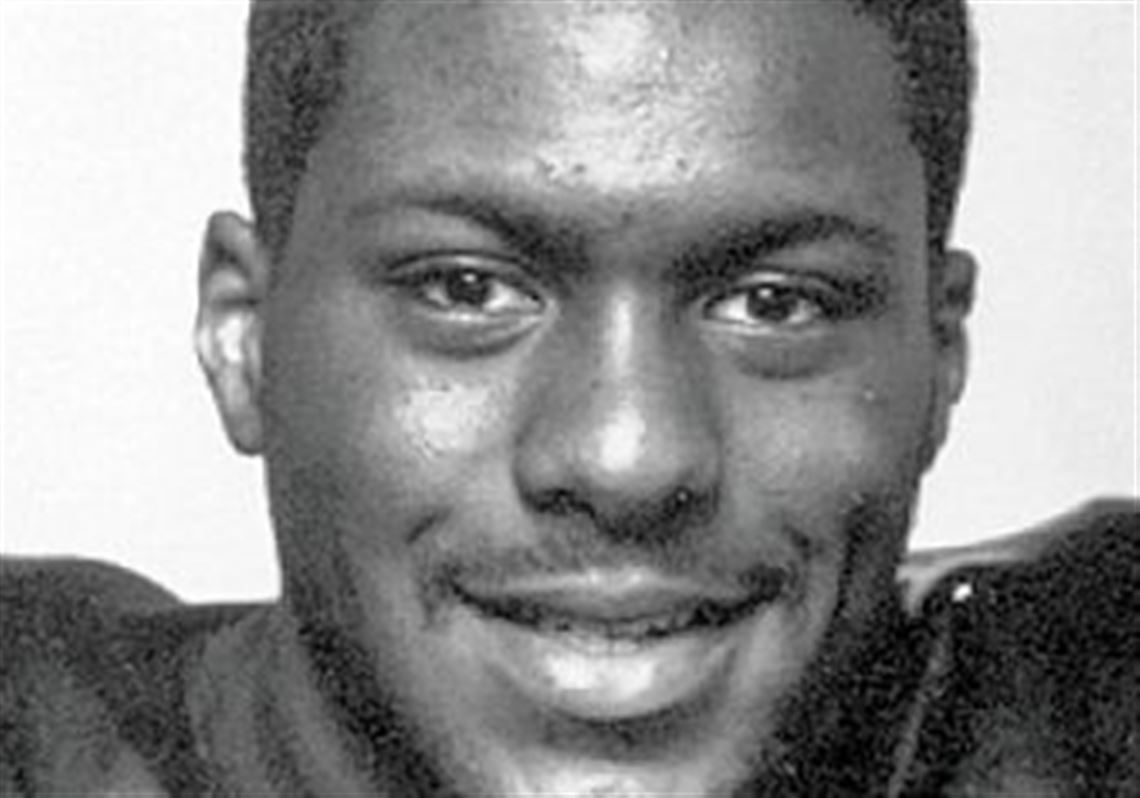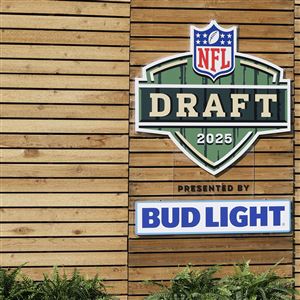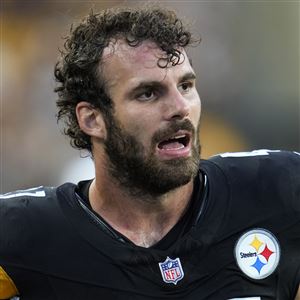In December 1989, Major Harris went to New York with the possibility of being named the best college football player in the country for that season. But the West Virginia University quarterback finished third in the Heisman Trophy balloting.
Twenty years later, Harris will go back to New York for ceremonies naming him one of college football's best players -- ever.
The Maj is in the Hall of Fame.
The kid who grew up in the Hill District and starred on the old dirt fields of the Pittsburgh City League before heading to West Virginia, has been elected to the College Football Hall of Fame. Harris was one of 16 players and two coaches selected in the 2009 class. Induction ceremonies are in New York in December, and Harris will be officially enshrined in the Hall of Fame next summer at South Bend, Ind. Former Penn State running back Curt Warner also was selected.
Former West Virginia coach Don Nehlen and current WVU coach Bill Stewart were two of the many individuals who called Harris yesterday to congratulate him. But Harris first learned of his selection with a phone call from a representative of West Virginia's sports information office.
"I thought he was calling to tell me some NFL team wanted to sign me as a free agent," Harris said before letting loose with his hearty laugh. "I heard a few years ago that I was up for [the Hall of Fame], but I thought maybe you were up for it once and that was it. It's funny because when your playing days are over, you really don't think about getting awards or honors. I'm definitely honored by this."
Harris is 41, lives in the West End section of Pittsburgh and counsels children in the Hill District.
Two decades ago, he was the toast of Morgantown, W.Va. In 1988, he led the Mountaineers to an undefeated regular season and a spot in the '88 national championship game against Notre Dame in the Fiesta Bowl.
Twice, Harris finished in the top five in Heisman Trophy voting.
It was an odd marriage, the folks of Morgantown loving the kid who came from, of all places, Pittsburgh? Folks in Morgantown will tell you Harris is still revered all over West Virginia today.
Harris was Michael Vick before Michael Vick. He was Vince Young before Vince Young. He played at West Virginia from 1987-89 and became the first player in Division I history to rush for 2,000 career yards and pass for 5,000.
"He was ahead of his time," Nehlen said. "We ran a lot of option football, but, in the spread offenses today, he would be sensational because he is so strong."
As a senior at Brashear High in 1985, Harris led all City League and WPIAL quarterbacks in passing yardage. No City League quarterback has finished in the top four since. Harris also was a basketball star and is considered to be one of the greatest two-sport athletes from Western Pennsylvania in the past quarter century. He made the Post-Gazette Fabulous 22 all-star team in football, the Fabulous 5 in basketball and was the PG Athlete of the Year in 1986.
At West Virginia, Harris played at about 6 feet 1, 210 pounds and became the starter as a redshirt freshman. As a sophomore in 1988, he passed for 1,915 yards and rushed for 610. As a junior, he passed for 2,058 and rushed for 936. He finished his career with 7,334 yards offense.
The play Harris is most remembered for came in the first half of a 1988 home game against Penn State. The play was supposed to go left, but Harris mistakenly ran to his right. He improvised and juked past seven defenders on his way to a 28-yard touchdown run.
"I knew it was an option play, but I forgot which way it was supposed to go," Harris said. "It was wild. I remember just hoping to make a yard out of it."
But Harris claims his most memorable play came a year earlier at Penn State, when he scrambled for what seemed like 30 seconds before completing a pass. The play was called back because of an ineligible man downfield. After the game, a Penn State lineman said he felt like he was playing flag football on the play.
"I still remember that one the most. It was a crazy play because of how long it went," Harris said. "I went one way and said, 'Well, let me go the other way.' Then I came back all the way to the other side again."
Harris was an assistant coach at Brashear for a few years but gave it up after the 2007 season when head coach Ron Wabby retired. Previously, Harris had some coaching stints in indoor professional leagues.
There were a lot of what-ifs with Harris and his playing career. What if he didn't injure his left shoulder on the third play of the Notre Dame game in 1988? What if he didn't skip his senior season at WVU to turn pro? What if he hadn't gone to an NFL combine workout in jeans and a dress shirt?
"I definitely think about 'what if.' The way I left West Virginia was wrong. I should've talked to coach Nehlen more," Harris said.
"But you have an agent in your head, feeding you stuff that you should leave school. You get caught up in things like that. When you're young, you don't realize what you're doing. When you get older, you can look back and see the mistakes."
Harris was taken in the 12th round of the 1990 NFL draft by the Oakland Raiders, but he went to the Canadian Football League, where he spent one season as Doug Flutie's backup with the British Columbia Lions. Harris then played indoor football for a few seasons.
"You think, maybe 20 years later, maybe my style of play could've been accepted more and maybe I could've went high in the draft," Harris said.
"But, if I got something like this [Hall of Fame], I must have done something right."
As for Warner, he finished his college career with 3,398 yards rushing and 42 Penn State records. He played seven seasons in the NFL.
The other 14 players elected to the Hall were New Mexico State's Pervis Atkins, Notre Dame's Tim Brown, Arizona's Chuck Cecil, Auburn's Ed Dyas, Brigham Young's Gordon Hudson, Harvard's Williams Lewis, Alabama's Woodrow Lowe, Stanford's Ken Margerum, Texas' Steve McMichael, Ohio State's Chris Spielman, Iowa's Larry Station, Georgia Tech's Pat Swilling, Miami's Gino Torretta and Nebraska's Grant Wistrom.
The two coaches elected were Dick MacPherson (Massachusetts and Syracuse) and John Robinson (Southern California and UNLV).
First Published: May 1, 2009, 8:00 a.m.

